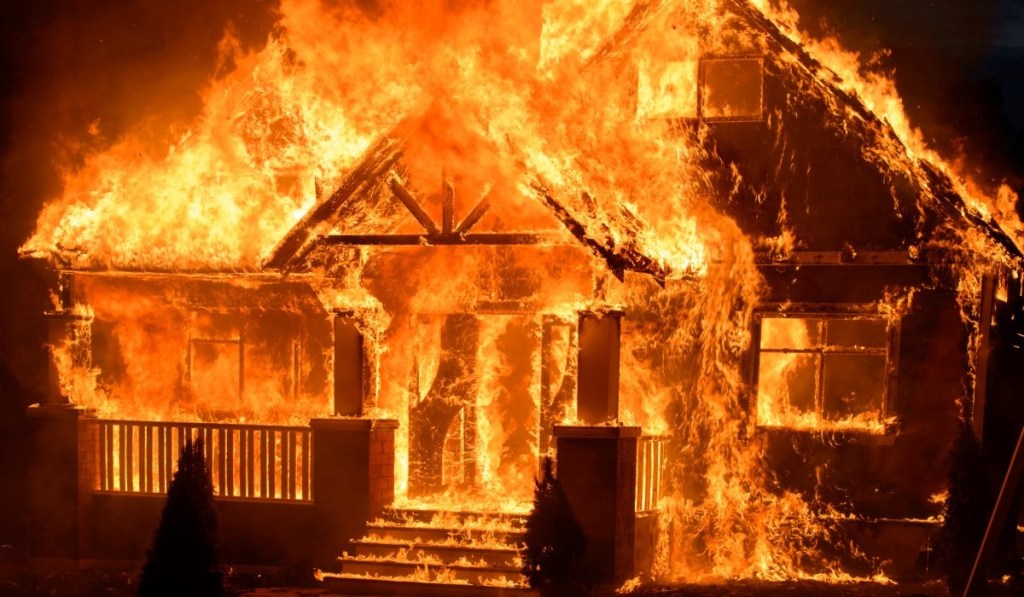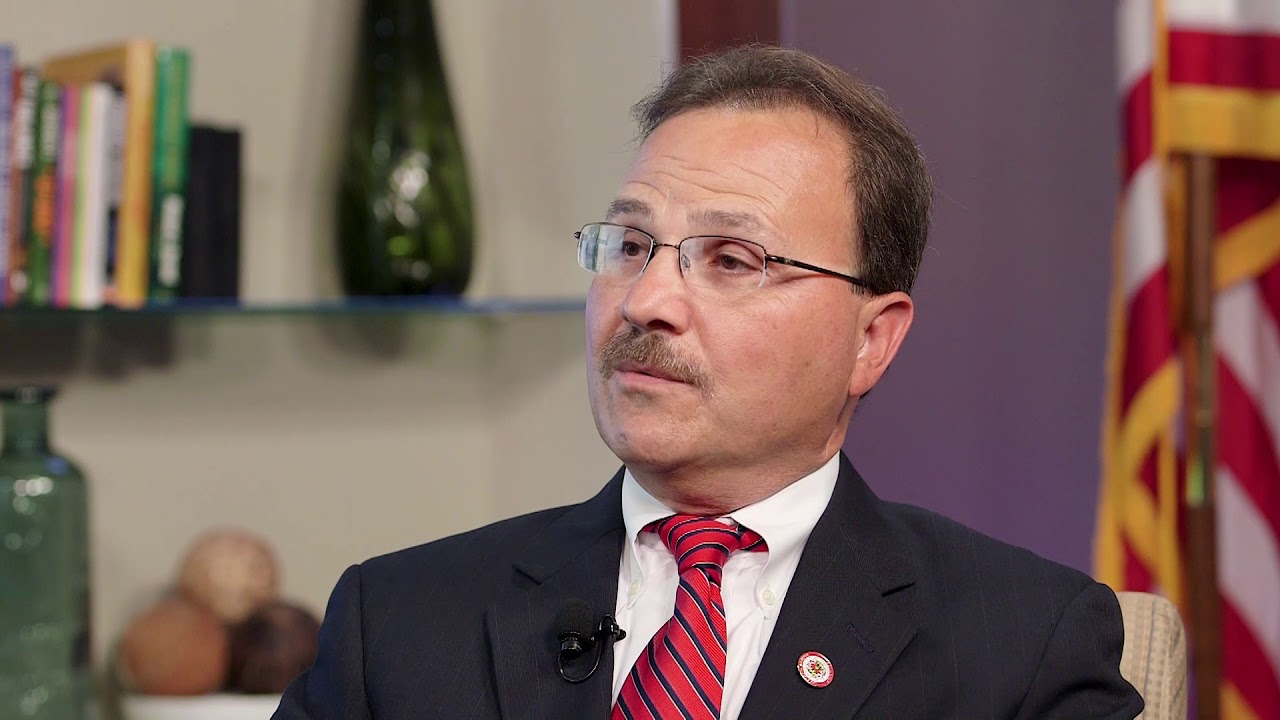A brewing crisis is emerging around homeowners insurance and thus far the finance and insurance community has not offered any viable solutions.
The annual number of weather/climate-related disasters exceeding $1 billion per event has more than doubled over the last five years from historical averages. Homeowners in affected markets have experienced increases in premiums that threaten their financial soundness or are finding cancellation notices in their mailboxes.
Major credit investors such as Fannie Mae and Freddie Mac, which require such policies, are acutely concerned about the long-term prognosis of traditional insurance in light of extreme weather trends.
An overhaul of the homeowners insurance market is in order to prevent an impending catastrophe in the mortgage market.
Premiums on homeowners insurance policies soared more than 20% from last year, reflecting increased rebuilding costs from more natural disasters. In areas hardest hit by recurring disasters such as Florida, premiums have risen 35% with many homeowners experiencing much higher rates. And that’s where policies are available.
Several major insurers grabbed headlines this year by announcing their withdrawal from some markets, such as State Farm deciding not to offer new policies on homes in California due to major disasters like destructive wildfires that have plagued the state in recent years.
Insurers are squeezed between state insurance commissions, reluctant to allow rate increases reflecting the recent trends in claims, and reinsurance companies raising premiums on insurers looking to offload significant risk exposure from natural disasters.
State-run insurance programs including Florida’s Citizens Property Insurance Corp. have been reeling from the exodus of private insurers in their state. The dependence of a functioning insurance market on the decisions of 50 different state insurance commissions, poorly operating state-run programs and the volatility of reinsurance premiums imperils this market and has spillover effects onto the mortgage market.
To ensure the vitality of both homeowners insurance and mortgage markets, a combined private-public insurance solution at a national level is required to distribute natural disaster risk more efficiently, thereby lowering the costs and access to insurance and helping reduce pressures from a housing affordability crisis already in full bloom.
This could be attained by creating a new government-sponsored enterprise (GSE) under the regulatory purview of the Federal Housing Finance Agency (FHFA) that already regulates Fannie Mae and Freddie Mac. The existing National Flood Insurance Program (NFIP) would be restructured into this new hazard insurance GSE.
Importantly, this new GSE would be run by property and casualty (P&C) insurance, finance and weather/climate experts. The GSE structure would provide a nationwide platform providing hazard insurance to every homeowner against major natural disasters beyond flood risk. Providing fairly priced hazard insurance to homeowners given the trajectory of natural hazard events is in the national interest and funding this business in part with low-cost debt is critical to keeping costs down and access to insurance available to all.
By providing coverage only for natural hazards via this federal hazard insurance GSE, private insurers would be able strip out costly provisions of existing homeowners policies, turning them into basic policies covering other non-hazard related risks such as damage from a water line break.
This would reduce the overall costs of these standard policies. The federal hazard policy could be quasi risk-based, into several risk-based tiers to spread costs across a broad base of homeowners and make the policies affordable but also provide pricing disincentives to homeowners attracted to risky areas.
On the back end, the hazard insurance GSE would issue climate risk transfer (ClRT) securities much like Fannie and Freddie’s credit risk transfer (CRT) securities for mortgage credit risk.
Tranches of hazard risk would be sold off to private investors, most of which in this case would be insurers and reinsurers that could take positions in hazard risk based on their risk preferences. This would more efficiently distribute hazard risk and with sufficient interest, build liquidity in such a market which over time would help lower premiums while also reducing systemic risk to the taxpayer.
Some might say that the federal government’s track record with national flood insurance has not been good, so why would a federally chartered hazard insurance GSE present a viable solution? Actually, the housing GSEs have been incredibly effective at lowering the cost of homeownership since their inception and even following the Global Financial Crisis of 2008, have generated a profit for the US Treasury.
Establishing a hazard insurance GSE would bypass the insurance rate-setting problem that exists across 50 state insurance commissions that can limit insurance availability, and combined with a new ClRT security, would create an efficient market for broad distribution of hazard risk to the private market. The close linkage between homeowners insurance and mortgages would also be preserved by having the FHFA oversee GSEs engaged in these activities.
A vibrant housing finance system is dependent on a functional homeowners insurance market. As the pace of natural disasters rises, the provision of homeowners insurance needs to adapt to a rapidly changing environment. A federally sponsored corporation is best suited to address inherent frailties of today’s homeowners insurance markets.
Clifford Rossi is Professor-of-the Practice and Executive-in-Residence at the Robert H. Smith School of Business at the University of Maryland. He has 23 years of industry experience having held several C-level executive risk management roles at some of the largest financial institutions.
This column does not necessarily reflect the opinion of HousingWire’s editorial department and its owners.
To contact the author of this story:
Clifford Rossi at crossi@umd.edu
To contact the editor responsible for this story:
Sarah Wheeler at swheeler@housingwire.com






